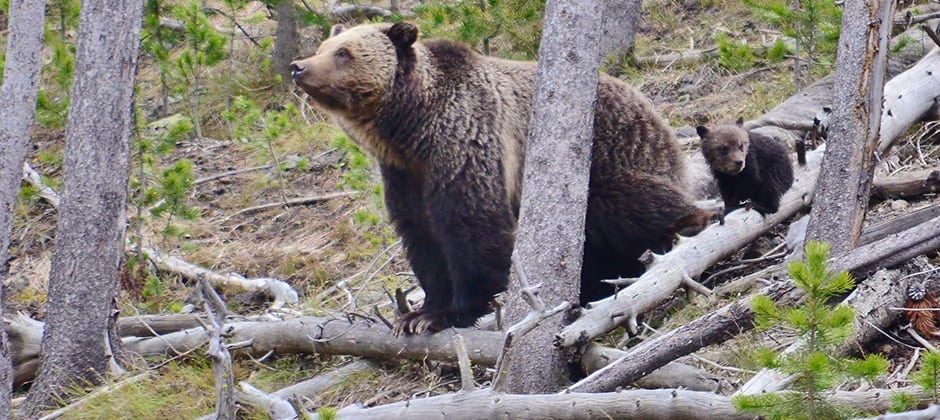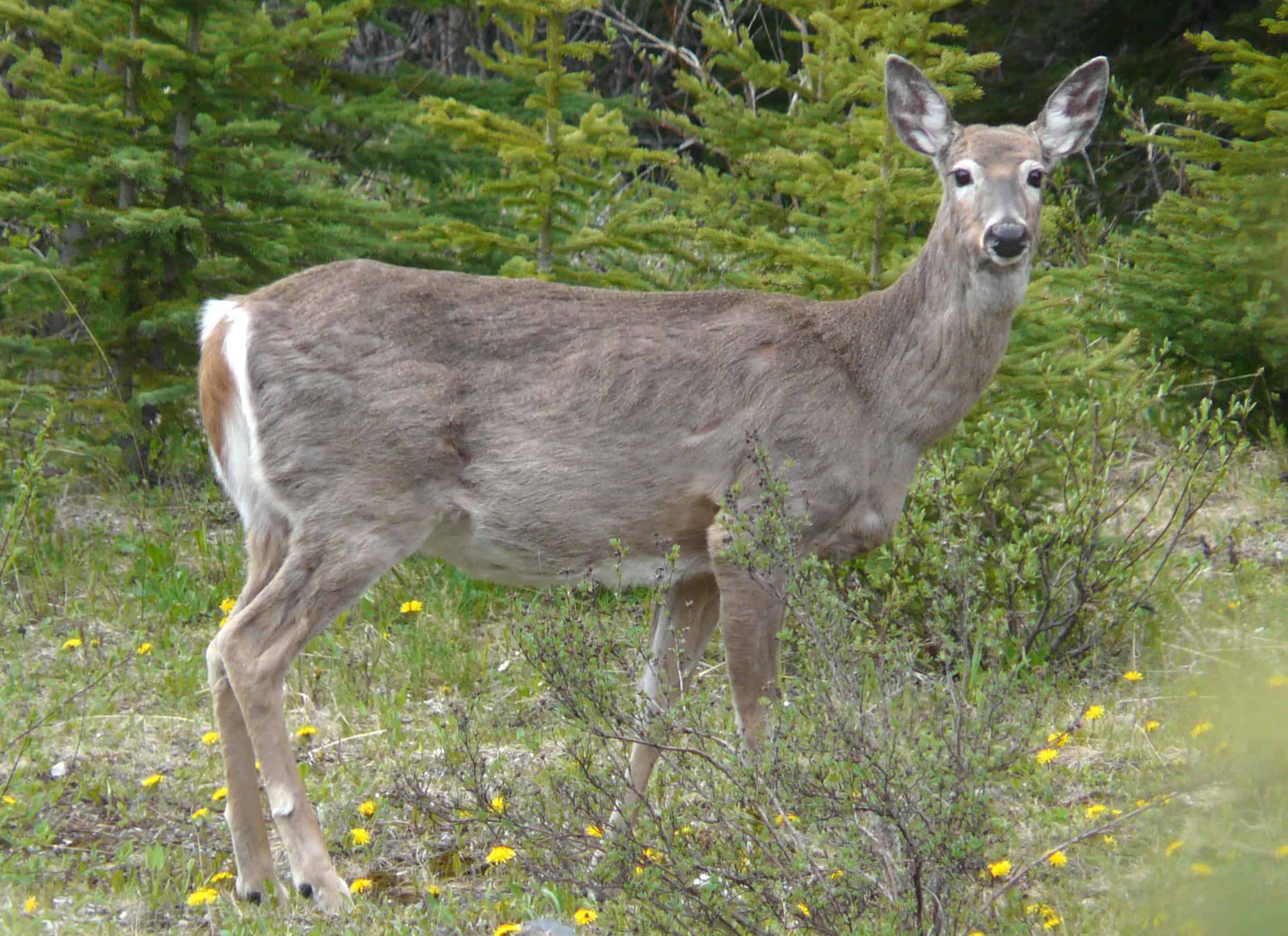Share this article
Environmental groups challenge grazing effects on grizzlies
The Center for Biological Diversity and the Sierra Club filed a lawsuit in late March in federal court against the U.S. Fish and Wildlife Service and the U.S. Forest Service, challenging the agencies’ decision to allow the removal of up to 72 grizzly bears (Ursus arctos horribilis) from the Yellowstone area over the next 10 years as part of a livestock grazing program.
The grazing plan for the Upper Green River allotment within Wyoming’s Bridger-Teton National Forest was prepared by the U.S. Forest Service, in consultation with the U.S. Fish and Wildlife Service, which took into account possible effects on federally listed grizzly bears. The plan authorizes annual grazing from mid-June to mid-October of approximately 8,819 head of livestock through 2028 on a total of about 170,000 acres.
Currently, about 700 grizzly bears live in the greater Yellowstone ecosystem, which includes parts of northwest Wyoming, southwest Montana and eastern Idaho. Grizzly bears throughout the contiguous United States were first listed as threatened under the Endangered Species Act in 1975. The listing classification was later modified to include several different populations, which totaled about 1,800 bears in 2018.
In 2017, the Service announced its intention to delist grizzlies in the greater Yellowstone ecosystem, but that decision was challenged in court. The case is currently pending in a federal appeals court. The Wildlife Society endorsed the USFWS’ 2017 proposal to delist the Yellowstone-area grizzly bear, “so long as recovery targets continue to be met and demographic rate thresholds are maintained.”
The Bridger-Teton National Forest began planning in late 2016 to undertake environmental review related to the grazing program on the Upper Green River allotment. The agency consulted with the USFWS regarding the possible effects of the grazing program on grizzly bears. The program would allow bears to be removed if there are conflicts with livestock.
In 2019, the USFWS issued a biological opinion, which determined that the effect of the grazing program would “include changes to grizzly bear habitat and the availability of food; changes in bear behavior, such as habituation to humans or livestock and/or displacement due to human activities; and management removals due to livestock depredation or self-defense.”
The USFWS concluded that “it is the Service’s biological opinion that the effects of livestock grazing on the allotments in the northern portions of the Bridger-Teton National Forest’s Pinedale Ranger District … are not likely to jeopardize the continued existence of the grizzly bear.” It continued, “Although we anticipate some level of take of grizzly bears primarily due to management mortalities within the allotments, it is our opinion that the proposed action will not appreciably reduce the likelihood of survival and recovery of grizzly bears.”
The plaintiffs argue that the agencies violated the ESA in their actions and that the U.S. Fish and Wildlife Service’s decision improperly relied on the “Forest Service’s commitment to implement conservation measures that are inadequate, largely unenforceable, and will not protect grizzly bears or livestock,” according to a statement by the Center for Biological Diversity. They have urged the court to issue an injunction to prevent the Forest Service implementing the grazing program.
The U.S. Fish and Wildlife Service announced earlier this year that it would begin a five-year status review of grizzlies in the contiguous United States.
Read TWS’s Position Statement on The U.S. Endangered Species Act and Issue Statement on the Delisting of Grizzly Bears in the Greater Yellowstone Area.
Header Image:
Environmental groups have challenged the U.S. Fish and Wildlife Service and U.S. Forest Service for their decision to allow the removal of up to 72 grizzlies from the Bridger-Teton National Forest.
©Frank van Manen/USGS








